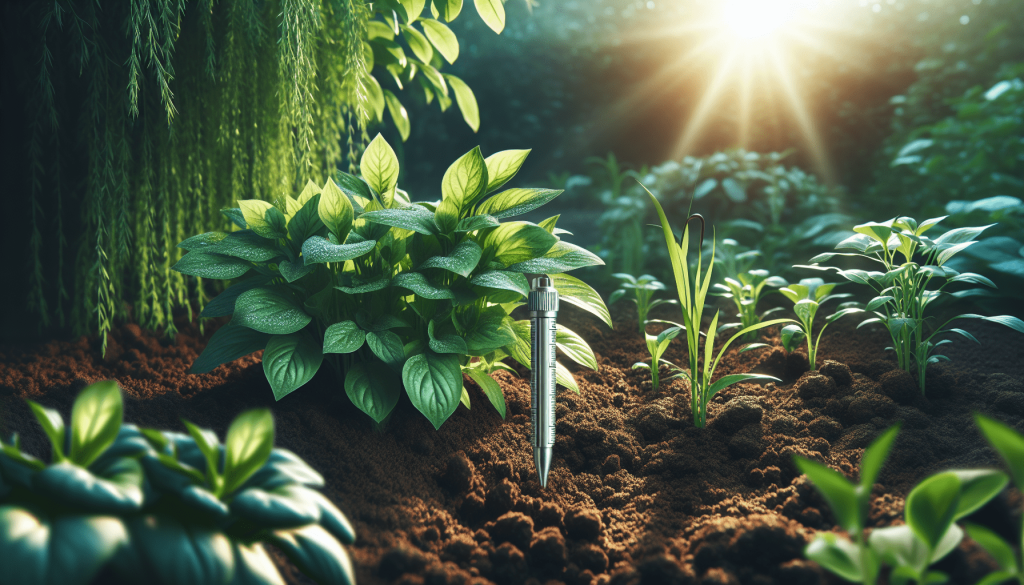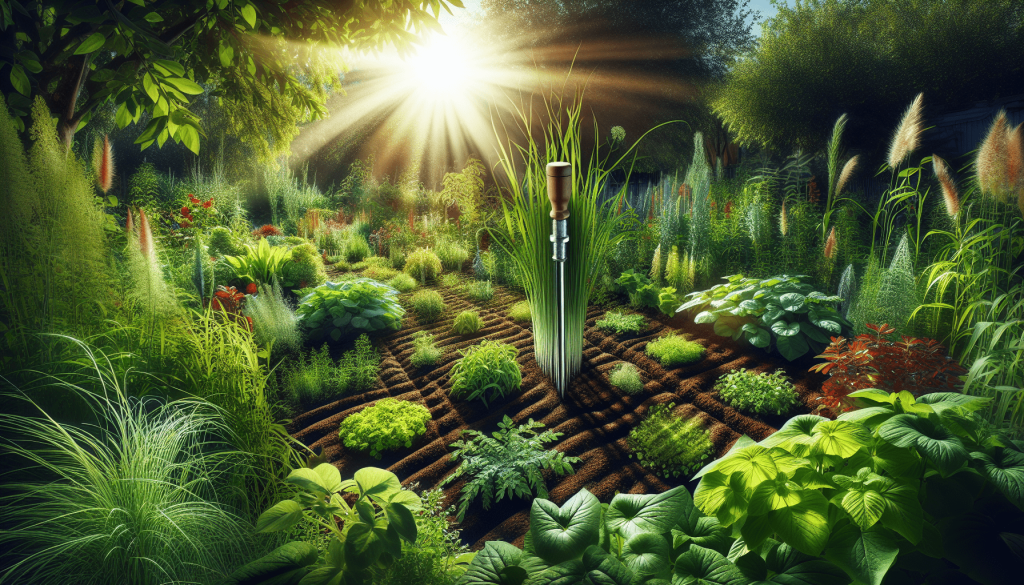This post may contain affiliate links. As an Amazon Associate, we may earn commissions from qualifying purchases.
How do you manage and improve soil salinity in your garden?

Introduction: Understanding Soil Salinity
Soil salinity is a common challenge many gardeners face. It occurs when soluble salts accumulate in the soil, hindering plant growth and reducing crop yields. Whether you have a small backyard garden or a larger plot, high soil salinity can become problematic. Recognizing the signs and knowing how to manage soil salinity effectively can transform your gardening experience.
What Causes Soil Salinity?
Several factors can lead to the accumulation of salts in the soil:
- Irrigation Practices: Using saline water for irrigation.
- Fertilizer Application: Overuse of chemical fertilizers can contribute to soil salinity.
- Climate Conditions: Dry climates with high evaporation rates can lead to salt accumulation.
- Poor Drainage: Insufficient drainage prevents leaching of salts from the soil.
Signs of Soil Salinity in Your Garden
Identifying soil salinity early can prevent long-term damage to your plants:
- Stunted growth and poor seed germination.
- Yellowing leaves and leaf burn.
- Soil surface crusting and hardening.
- Presence of white or gray salt crusts on the soil surface.
Diagnosing Soil Salinity
Before you take any steps to manage soil salinity, you need to diagnose the problem correctly.
Testing Soil Salinity
You can determine soil salinity through a soil test:
- Sampling: Collect soil samples from various locations in your garden.
- Laboratory Testing: Send the samples to a lab specializing in soil analysis.
- Interpretation: Based on the results, you can determine the extent of soil salinity.
Using an Electrical Conductivity (EC) Meter
EC meters are handy tools to measure the salt content in your soil quickly:
- Insert the EC meter: Place the probe into moist soil.
- Read the measurement: EC values above 4 dS/m indicate high salinity levels.
Methods to Manage and Improve Soil Salinity
Managing and reducing soil salinity involves several methods. Combining these techniques can yield the best results for a healthier garden.
Improving Drainage
Proper drainage is crucial for preventing salt buildup in the soil. Here are some ways to improve drainage:
- Raised Beds: Construct raised beds to facilitate better water movement.
- Organic Matter: Incorporate organic matter such as compost to enhance soil structure.
- Subsurface Drainage Systems: Install drainage pipes to remove excess water and salts.
Leaching Excess Salts
Leaching involves flushing the soil with large amounts of water to move salts below the root zone. Here’s how you can do it:
- Irrigation: Apply water uniformly across the affected area.
- Amount: Use 6 inches of water per 1-inch deep soil to be leached.
- Frequency: Repeat the leaching process periodically to maintain lower salinity levels.
Selecting Salt-Tolerant Plants
If high salinity is a persistent issue, choosing salt-tolerant plants can be a practical solution. Below is a list of some salt-tolerant plants:
| Plant Type | Examples |
|---|---|
| Vegetables | Beet, Asparagus, Spinach |
| Fruits | Figs, Guava, Pomegranate |
| Flowers | Marigold, Lavender, Oleander |
| Shrubs and Trees | Tamarisk, Date Palm, Eucalyptus |
Soil Amendments for Reducing Salinity
Certain soil amendments can help reduce soil salinity and improve overall soil health.
Organic Matter
Adding organic matter such as compost or well-rotted manure can improve soil structure and promote water movement, which helps in leaching salts. Organic matter also enhances microbial activity, vital for breaking down salts.
Gypsum
Gypsum (calcium sulfate) is particularly effective for saline sodic soils, where sodium is the dominant salt. Gypsum replaces sodium ions with calcium ions, improving soil structure and reducing salinity.
Sulfur and Sulfuric Acid
These amendments help lower soil pH and improve the availability of essential nutrients. Be cautious with their application, as they can be harsh on plants if overused.

Maintaining Soil Health to Prevent Salinity
Preventing soil salinity from becoming a recurring issue involves adopting sustainable garden practices.
Proper Irrigation Management
Water management plays a pivotal role in controlling soil salinity:
- Quality of Water: Use water with low salinity levels.
- Quantity: Avoid over-irrigation to prevent salt accumulation.
- Timing: Water plants during cooler parts of the day to reduce evaporation rates.
Crop Rotation and Cover Crops
Rotating crops and using cover crops can significantly improve soil health:
- Crop Rotation: Reduces pathogen buildup and improves soil structure.
- Cover Crops: Legumes and grasses can stabilize soil and prevent erosion, aiding in the reduction of salinity.
Mulching
Applying mulch helps conserve soil moisture, reduces evaporation, and prevents salt buildup on the soil surface. Organic mulches like straw or wood chips are particularly effective.
Advanced Techniques in Managing Soil Salinity
For those who are facing severe salinity issues, advanced techniques may be required.
Subsurface Drip Irrigation
Subsurface drip irrigation delivers water directly to the root zone, minimizing evaporation and salt accumulation:
- Installation: Embed drip lines below the soil surface.
- Advantages: Water efficiency and reduced salinity levels at the root zone.
Constructed Wetlands
Constructed wetlands use vegetation and microorganisms to remove salts from irrigation water before it’s used in the garden:
- Design: Create a wetland area with salt-tolerant plants.
- Function: Water flows through the wetland, where salts are absorbed by plants.
Evaluating the Effectiveness of Your Strategies
Once you’ve implemented various techniques, evaluating their effectiveness is crucial.
Regular Monitoring
Check soil salinity levels periodically using an EC meter or through soil testing. Adjust your practices based on the results.
Plant Health
Healthy, thriving plants are a good indicator that your soil management strategies are working. Keep an eye on plant growth and productivity.
Conclusion: Taking Charge of Soil Salinity
Managing and improving soil salinity in your garden is certainly a challenge, but with the right knowledge and practices, it’s entirely possible. From enhancing drainage to selecting salt-tolerant plants and applying suitable soil amendments, you have multiple strategies to create a healthier garden environment.
By combining sustainable gardening practices with regular monitoring, you can significantly reduce soil salinity and enjoy a lush, productive garden. Happy gardening!








